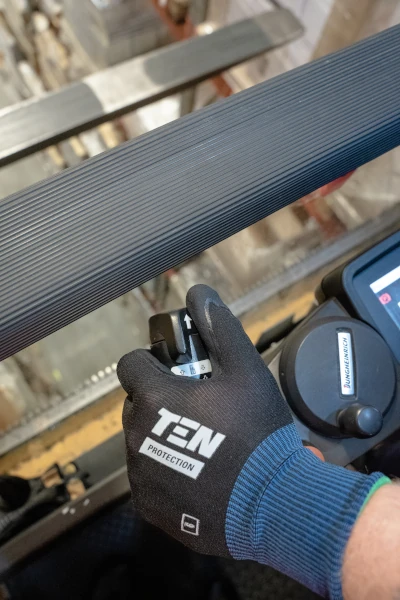Performing a thorough risk assessment is key to effective hazard management. This article provides a practical, step-by-step guide to conducting a comprehensive risk assessment, ensuring that potential risks are identified and addressed. This guide is tailored for the Australian context, taking into account relevant Australian standards and health and safety legislation but it is information that can be put into place anywhere.
Start by systematically identifying hazards present in your workplace. This includes physical hazards such as machinery, equipment, and chemicals, as well as environmental factors like noise, temperature, or ventilation. Consider any specific hazards relevant to your industry or workplace, ensuring you cover all areas comprehensively.
Example: In a construction site, hazards may include working at heights, exposure to hazardous substances, mobile plant, and falling objects.

Identify who may be affected by the identified hazards, including employees, contractors, visitors, and the general public (i.e. the Risk). Determine how they might be harmed by the hazards and the potential severity of the harm. This step helps you understand the risks associated with each hazard and prioritise control measures.
Example: In an office setting, employees may be at risk of ergonomic injuries due to improper workstation setup or psychosocial risks associated with workload and other factors..
Evaluate the likelihood and consequence of the identified risks. Consider the probability of the hazard occurring and the severity of the potential harm.ComplyFlow provides a risk matrix to help determine the Potential Risk rating based on the likelihood and consequences of each Risk. Refer to relevant Australian standards, industry guidelines, or established risk assessment methodologies to assist in this process.
Example: For a manufacturing facility, the risk of machinery-related injuries may be assessed as high due to frequent equipment use and potentially severe consequences, such as amputations or crushing injuries.
Implement control measures to eliminate or minimise the identified risks. Apply the hierarchy of controls, which prioritises measures starting from elimination, substitution, engineering controls, administrative controls, and personal protective equipment (PPE). Choose control measures that are feasible and effective in your specific work environment.
Example: To mitigate the risk of falls from heights, control measures may include installing guardrails, providing fall arrest systems, conducting regular equipment inspections, and implementing safe work procedures.
ComplyFlow helps assess the Residual Risk based on the Controls that are in place.

Regularly review and monitor the effectiveness of control measures. Evaluate whether the implemented controls are adequately reducing the risks and address any shortcomings or new hazards that arise. Keep records of the risk assessment findings, control measures, and review dates as evidence of your commitment to ongoing risk management. ComplyFlow allows each Risk to be assigned to a Risk Owner (see why it’s important to involve employees in carrying out risk assessments).
Example: Conduct periodic inspections to ensure guardrails and fall protection systems are properly maintained, conduct training on safe work procedures, and review incident reports to identify any recurring or emerging hazards.
Ensure effective communication and training regarding the identified risks and control measures. Provide clear instructions and information to employees, contractors, and visitors on how to work safely and report any hazards or incidents. Regularly reinforce safe work practices through toolbox talks, safety inductions, and awareness campaigns.
Example: Conduct toolbox talks on the proper use of PPE, provide training on emergency response procedures, and display safety signage throughout the workplace.
By following this step-by-step guide, organisations can conduct comprehensive risk assessments tailored to the Australian context. It helps identify and address potential hazards, assess and control risks effectively, and promote a safe and healthy work environment. Remember to consult relevant Australian standards, industry guidelines, and health and safety legislation specific to your industry to ensure compliance and best practices in risk management.
